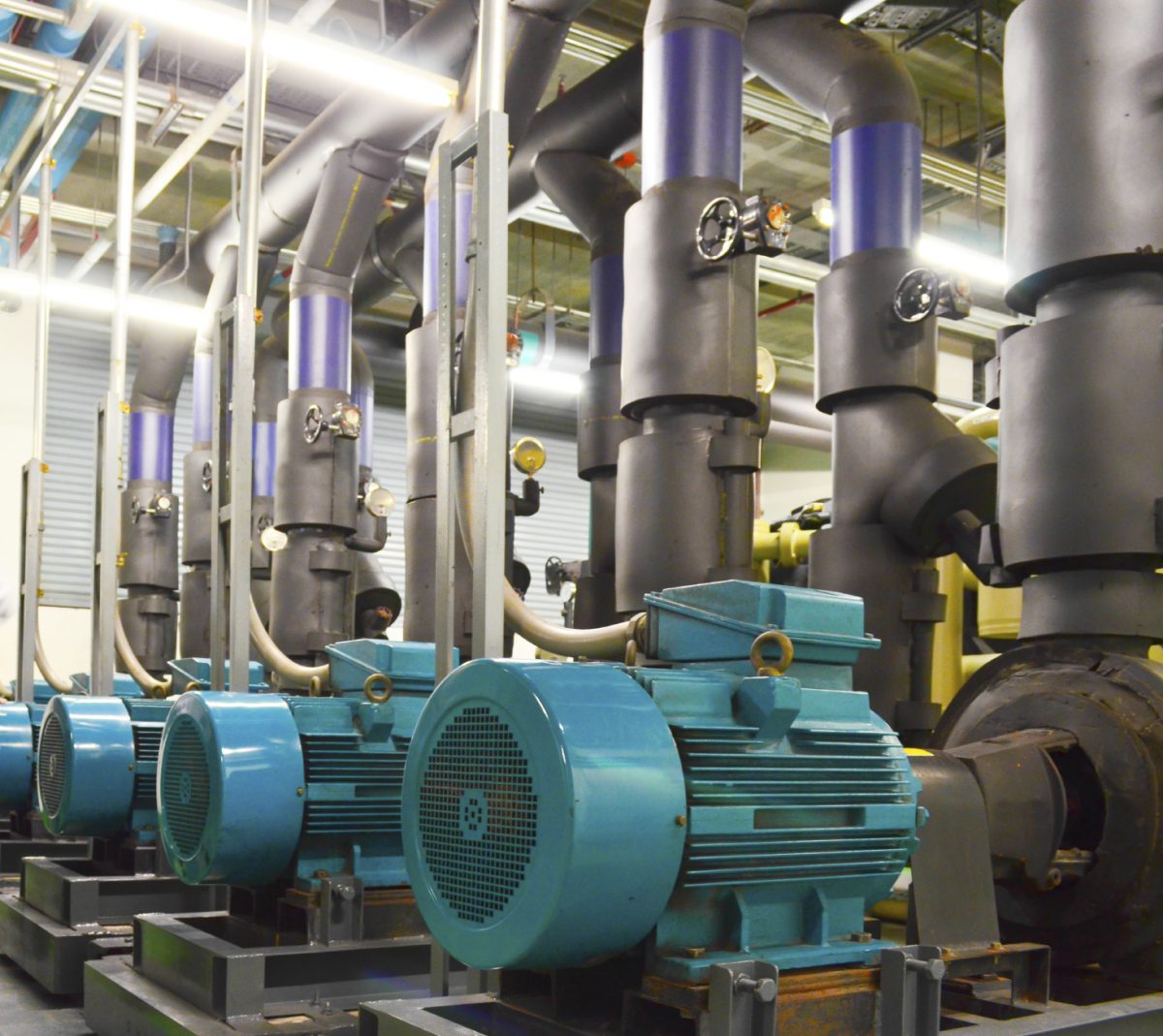Did you know that up to 60 percent of a manufacturing facility’s total operating expenses comes from industrial refrigeration? It’s no surprise that refrigeration efficiency is a priority.
However, engineers often look to optimize individual components rather than taking a holistic approach, leading to wasted energy and operational inefficiencies. To avoid this fragmented approach, here are six steps to optimize the entire system and achieve the greatest energy efficiency:
1. Optimize settings
Condensing pressure should typically be run as low as possible. Suction pressure should also be run as high as possible while still maintaining the desired room/product temperatures. Even adjusting the suction pressure up a degree could mean a 1.5 percent savings for those compressors. There are many different settings and parts that can be checked to ensure optimal performance.
2. Size compressors to match loads as closely as possible
Selecting appropriately sized compressors up front can make or break your efficiency. Two equally sized compressors, each running at 50 percent capacity, can require 30 percent more horsepower than one compressor running at 100 percent.
It’s also a good practice to include different-sized compressors, and to sequence them properly to keep machines as fully loaded as possible. For large systems, large compressors handle the majority of the load, while a smaller unit can be included as a trim compressor to handle the swings. This will keep the larger compressor fully loaded at all times. An analysis can help detect problems and find solutions to help compressors perform at their peak.
3. Install VFDs on screw compressors
Applying variable-frequency drives (VFDs) on screw compressors will optimize mechanical efficiencies of the machines. The best approach is to set the slide valve position at 100 percent and vary the RPM of the motor according to the refrigeration needs of the machine, which allows it to run more efficiently.
4. Install VFDs on condenser motors
Using VFDs on condenser motors can stabilize head pressure and prevent the motors from heavy repeats and intense start/stop cycles. Then, the fans can change speeds so they don’t continually stop and start, which requires additional energy and results in mechanical wear. The biggest payback from a VFD will be on systems with variable load.
5. Use floating head pressure to maintain ideal temperatures
Floating head pressure can be used to maintain the ideal temperature for compressor and condenser operations. Higher condensing temperatures require compressors to work harder. Find the optimal break-even point where the condensers and compressors are cumulatively using the lowest overall horsepower requirements.
6. Use a completely integrated automation system
Running your machine with a completely integrated automation system will ensure efficiency and automate temperature controls within zones. Automating defrost cycles to sequence at different times can result in significant energy savings. An automated system can make calculations and adjustments automatically, whereas a manual system requires constant operator attention, is susceptible to human error and will react more slowly.
To learn more ways to increase the energy efficiency of your refrigeration system, email me at foodforthought@stellar.net.




